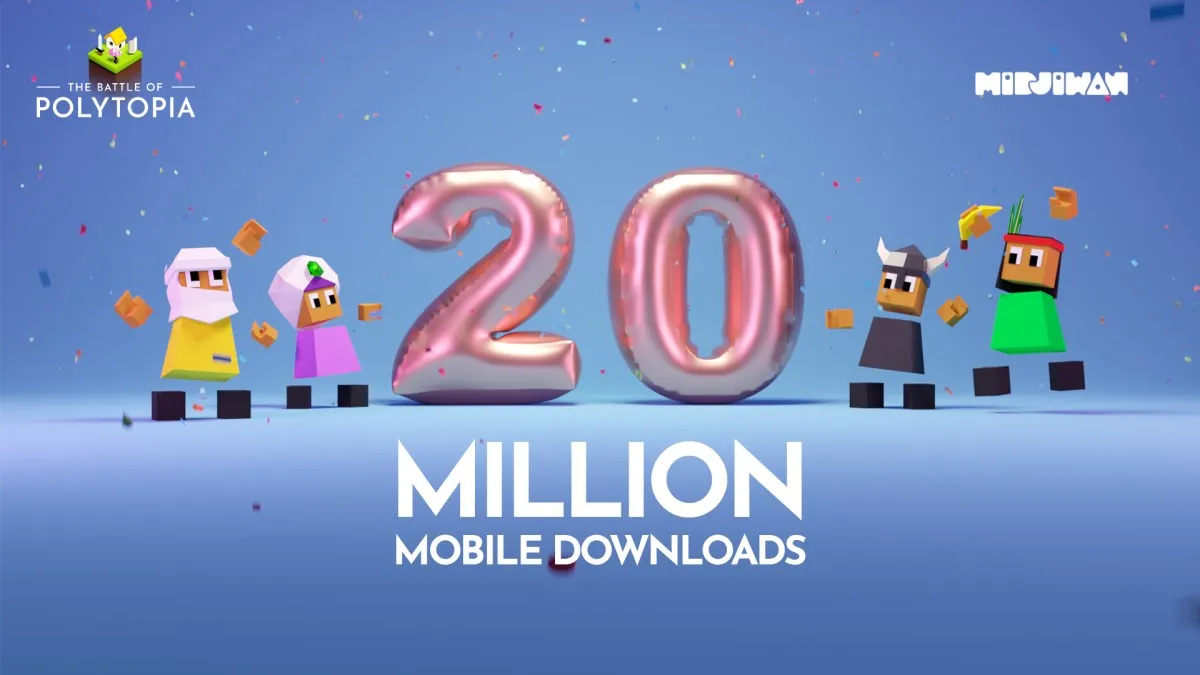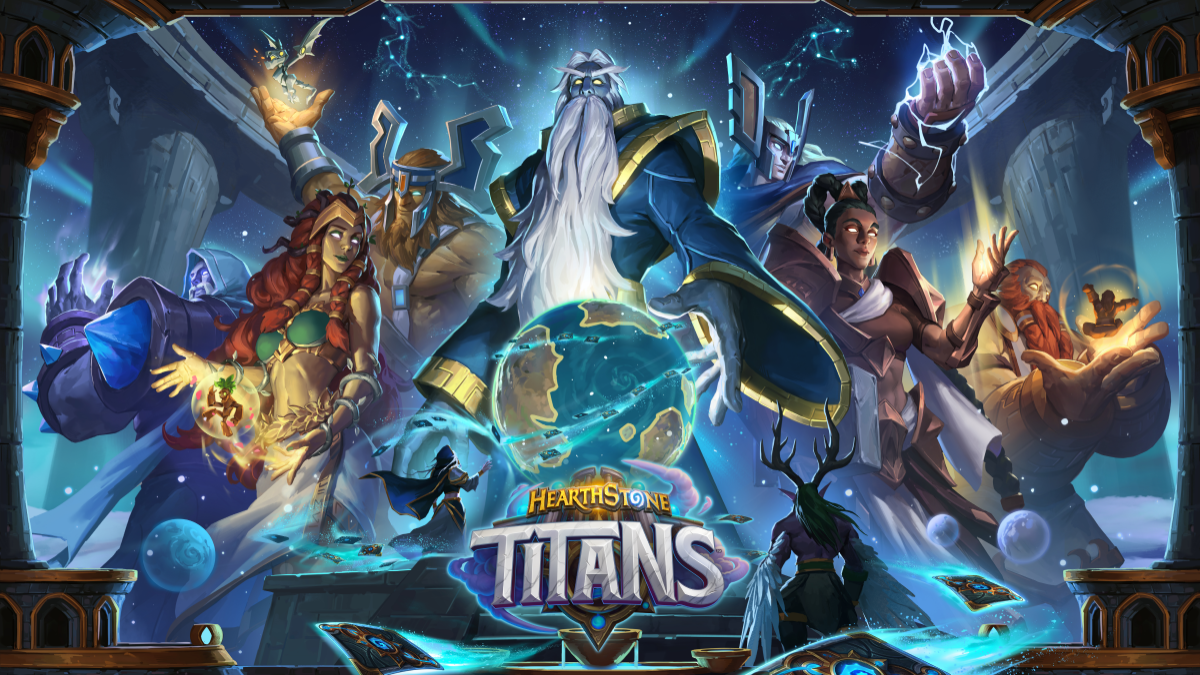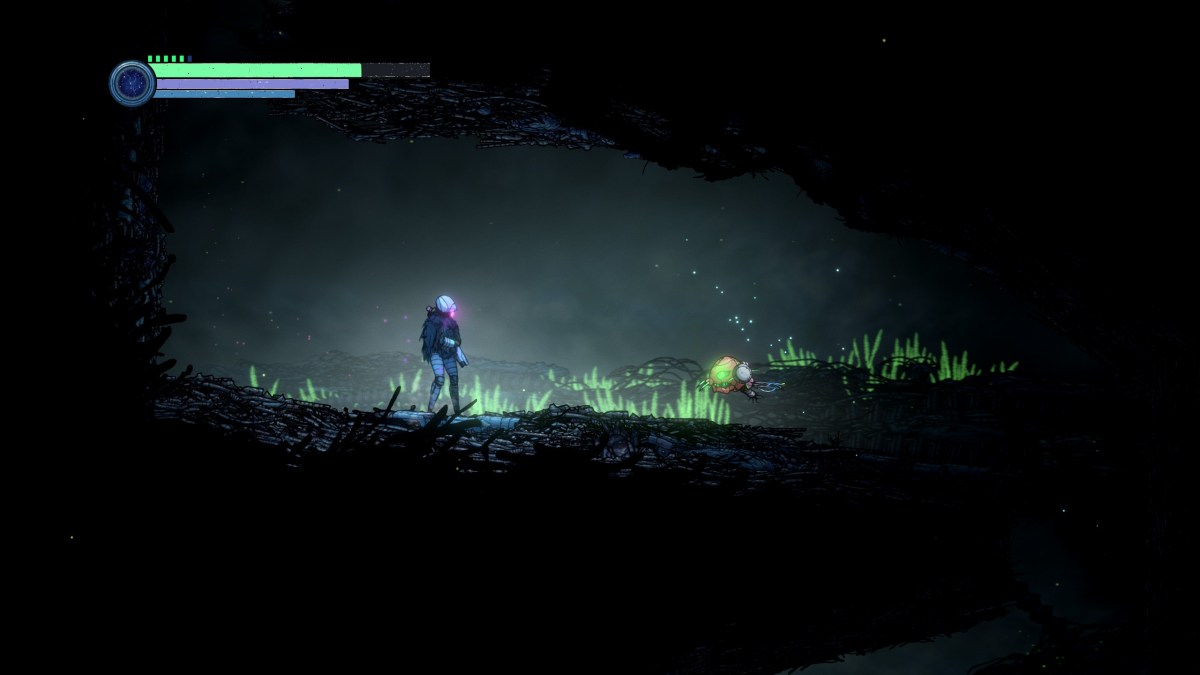IncGamers caught up with Ruffian Games’ James Cope and Peter Connelly at Microsoft’s X10 event earlier this month and quizzed them about Crackdown 2. Find out how Ruffian will handle the game’s storyline and what didn’t make it into Crackdown 2. So what brings you and Crackdown 2 to X10?
Peter Connelly: We’re here to demonstrate to people what we’ve been building since the Tokyo Game Show. People haven’t seen a lot – they’ve seen the VGA Awards, they’ve seen trailers, but we’ve been really hard at work building a four-player co-op experience for Crackdown, a 16-player PvP game, and an online experience that’s online and live all the time. We think it’s one of the most rewarding games you can play, and we just want to show people the progress that we’ve been making. The guys have been really, really hard at work at Ruffian for the last six months since we’ve seen it, so we want to demonstrate to people what we’re up to.
It is massive progress, and an epic progression from the first title. What’ve you changed, and what’s new for Crackdown 2?
PC: That’s a big question! More toys, for a start. We’re a big believer that Crackdown was a great demonstration of a toybox and a sandbox for people to play in, so we’re enhancing that. You’ve seen some of that before. We want to add in a deeper mission structure to find things for people to do, as opposed to rinse-and-repeat 21 times, kill the badguy. We feel we’ve got a pretty compelling story there. Graphically, we’ve enhanced the game a whole lot. You can see that yourselves in what you’re witnessing here today. We’re adding a whole multiplayer component. 16-player Crackdown is something unlike anything people have, I think, experienced on the box so far in terms of fast-twitch, rapid gameplay. It’s a real Crackdown experience; that’s a blast. And then we’re adding four-player co-op across the full world, so all those toys, all those goof-off moments you had with your friends in the first game with two-players, we’re doing with four-players this time. That’s just some of the things we’re adding, as well as new agents, new characters, new weapons, and more… blow shit up!
Bigger, better, and bolder?
PC: Definitely. We’re adding in more depth for people, too. We’re adding in some story that we didn’t tell. We have a great story for Crackdown – we just didn’t tell it last time, and so this time we’re hoping to expose more of that to our players as well.
I was going to say, story-wise the first game attracted praise but also a bit of criticism. Have you taken that on board?
PC: Absolutely. We’ve taken that on board. We think people wanted to get a deeper understanding of what was going on in Pacific City, and we very much believe that the city is a character, so we want to demonstrate what’s happened in the ten years since you’ve played the game last. The outbreak of the Freak Virus and what’s going on with that… we want to tell people more perspectives, as well. People like yourselves, in the news, for instance, will appear in the game. So we’re really happy that we’ve added in some story elements for people that we feel, while maintaining the fact that Crackdown is, in of itself, its own game and it doesn’t try to be a story-driven game, but it’s there for people now and we feel good about it.Crackdown 2 is one of the most anticipated games on the Xbox this year. Open-world game, proper sandbox game… what have you done to make it better?
James Cope: [Laughs] A lot of things. Really, it’s about taking that experience that people loved from Crackdown and addressing some of the faults, like the repetitive nature of boss battles, and the whole mission structure from Crackdown was very repetitive – 21 bosses, kill them. What we’re talking about today is having a core objective in the game: it’s Project Sunburst. It is the assembly of a giant energy weapon to destroy Freaks once and for all and rescue Pacific City. There’s a good intent to that. What that allows us to do is have lots of framework that hangs around that, so we can have much more variety in what you’re doing towards that major objective. You have tactical locations which you have to capture from Cell control, rescue items back into Agency power, capture, defend; that kind of flow of gameplay means that we can do more things but still with that completely open-world experience where players can approach is part of that in any order. We don’t limit that. We don’t channel them down a particular path through that. We say to the players, look, here it is. Go and find all of these bits and pieces. You put it together, assemble this giant bomb, and save the world. That’s fun.{PAGE TITLE=IGTV: Crackdown 2 Interview Page 2}
How different and how difficult is it to create an open-world game? Narrative isn’t the strongest point of the game. It’s the diversity of the game modes that make it a good game. With more narrative driven stories, do you think Crackdown is going to lose something by not having that?
JC: We don’t really talk about narrative. We have a narrative there for people to discover, so you find out more about the Agency and you find out more about the key components and the background to the world, but what we don’t do is we don’t sit people in front of cinematics and go “listen to this bit of story now.” We don’t do cutscenes. We’ve never liked them. To us, it’s about having an engaging experience where the player gets to choose what they want to know about the world. So if they find pickups that describe more of the backplot, they can listen to them on their own time, rather than forcing them down this route of ‘break the gameplay, watch the cinematic.’ To be honest, all I did in Crackdown was skip them, and it’s not very satisfying.
But narrative in general is hard to do in open-world, if you’re truly open-world. I think you’ve got that choice. You either are open-world, where you are completely freeform, or you try to put in narrative, and narrative means you have to go down a path. It’s a linear path.
Interesting you say that, as there are other open-world games this year like Just Cause 2 – probably your biggest rival – and Red Dead Redemption, which is a different open-world game. But I think something it suffers from is… for example, how big is your game world?
JC: [Laughs] I can’t actually remember how big our is, in metres or anything like that. It’s three major territories and it takes a long time to drive around them, it takes a long time to drive across them…
Are you going to get lost?
JC: I don’t think so. The great thing that we’ve got in Crackdown is that we’ve got this focal point of the game – the Agency Tower is always in view in the entire world, so you’ve always got this point of reference. And people familiar with Crackdown will recognise parts of buildings and recognise the road layout and things like that, but it’s a whole new world to play in. New buildings that have been created, and there’s bits of the world that have been destroyed by Freaks, so all of that is completely open to new explorative gameplay. Finding your way around in that, I think the advantage we’ve got is that we always remember we’re a videogame, as well. You can kill yourself and respawn anywhere you’ve captured, so if you get lost you can get back to a place you know you were. There’s always these points of reference in the sky – big skyscrapers and the Agency Tower – so that’s something that we always keep in mind. We want to create this believable world, but we also know we’re a videogame and we want to be able to address those problems that people might have with it.
Sequels are always great because they address big problems. Most sequels do that. Second games are usually brilliant. Is there anything you’ve missed from this title that you wish you’d added or had time to put on, and will that appear in Crackdown 3, maybe?
JC: [Laughs] There’s an absolute tonne of stuff we’ve missed. What we started out with in Crackdown 2 is naturally different to what we end up with, but that’s a natural side effect of the development. And then there’s a lot of stuff that we’ll retain for DLC that’ll become apparent in the future, and a lot of stuff that happens in Crackdown 2 that were ideas in Crackdown 1, so undoubtedly, there is stuff that we have on the design board, if you like, that –
What’s the biggest thing, for you, that you’ve dropped that you wish you hadn’t dropped?
JC: Unfortunately it’s something I can’t talk about –
Oh come on!
JC: It is a game mode. It’s a complete game mode, but we can’t talk about that yet. So that’s a bit of a shame to see that.
Any plans to…?
JC: Yeah, there are plans. We want to do it. But it depends on relationships, business alignments, and release schedules, and all that kind of thing. That’s the unfortunate back-end of the games business – that it is a bit of a business and you have to make strategic decisions like that. They’re difficult decisions; we have to make them for the best purposes. The benefit we have is that we still know we end up with a really, really great game experience anyway.
Crackdown 3. Would that be set in the same place?
JC: If we get to do Crackdown 3, it’ll be something very special and I can’t say anything more than that. It’ll be somewhere new.
So you’re going to hold onto this IP?
JC: I hope we do. I really hope we do. We feel that it’s ours to keep now, so it’s good.






Published: Feb 23, 2010 01:26 pm